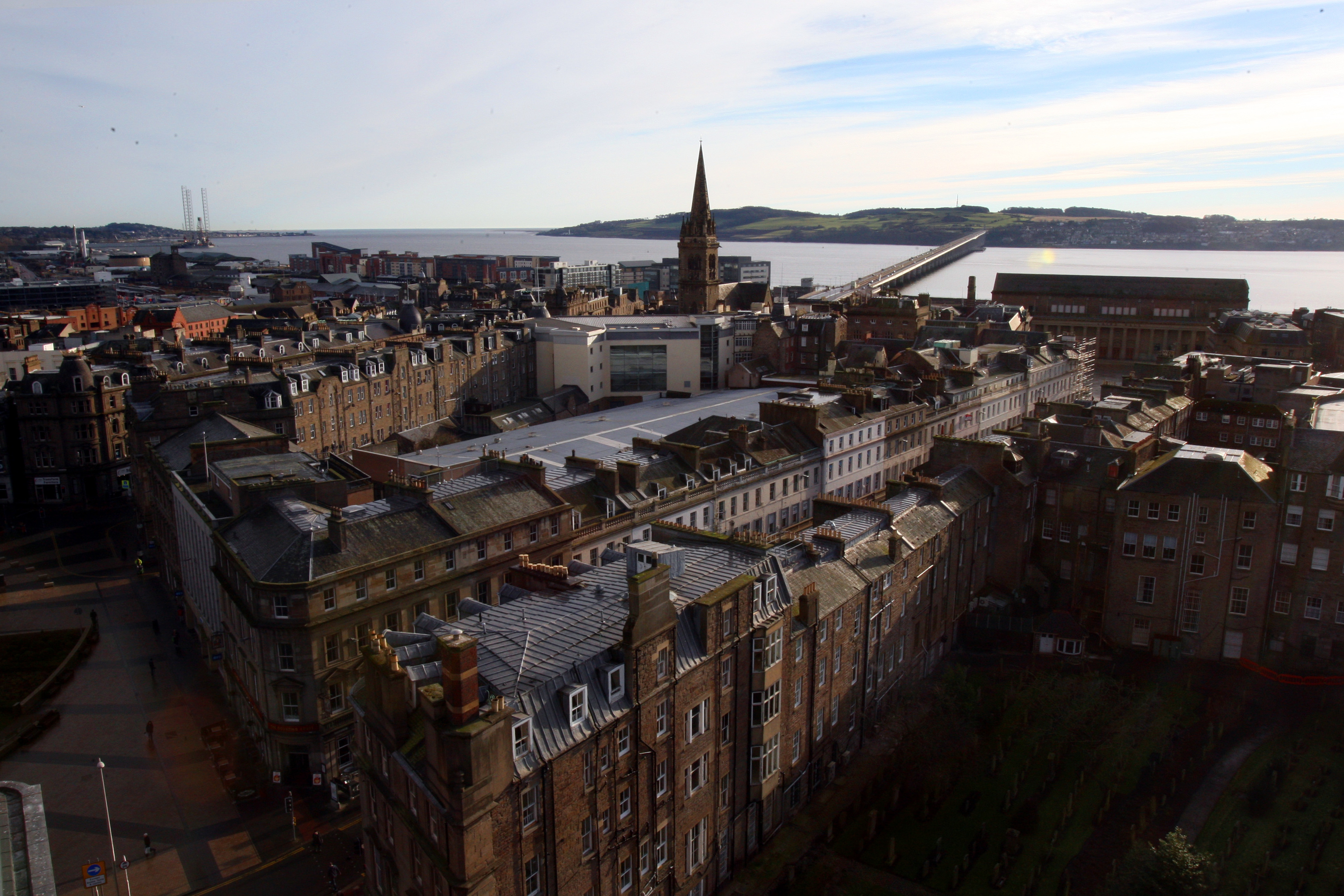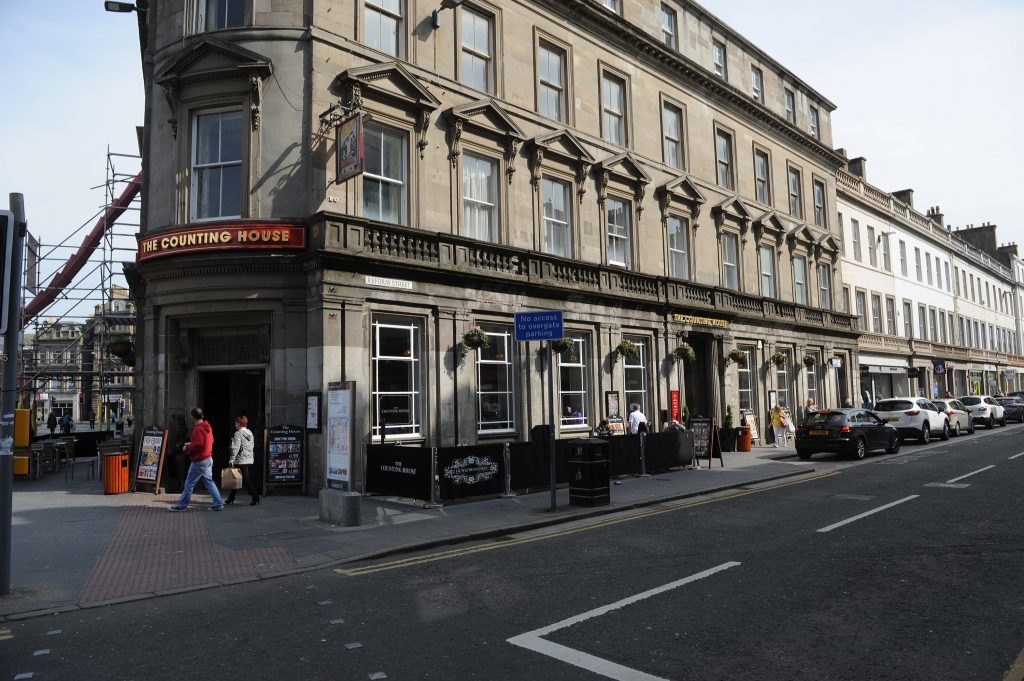Decaying high streets, depopulated and devoid of their original purpose, can be found in every town and city in the UK. Yet the death of the high street is not inevitable. To save ours we need a new way of thinking and to re-evaluate what we actually mean by ‘street’.
Modern streets need to be socially as well as physically connective. They need a mix of offerings. When you have the right diversity and quality of activities increase they become places where people want to do business and choose to spend their leisure time. The social agenda has to be at the heart of street design. There has to be a shift from utilitarian corridors to ‘positive’ streets where people want to be – where they feel comfortable, safe and even inspired by their surroundings.
The regenerative successes of northern European cities should act as an inspiration for those of us in the UK trying to revive our high streets. Over the past 20 years the centre of Copenhagen has become the financial engine for the whole city. People are spending four times more money in a centre. Why? Because they claimed their streets back and made them about people.
Social needs need to be put ahead of simply building hard infrastructure and this means people with specific skill sets driving change. Planners, architects, engineers and others who appreciate the social meaning of street and their links to identity, health and wellbeing are essential.
We need people living, working and socialising in city centres as much as possible. City centre residents make them more vibrant and prosperous places and give them their character and identity. Workers go out at lunchtime and after work. The more that people spend money in town centres the more businesses spring up to meet increasing demand. Simple! So how do we design our streets and public spaces?
Firstly, we need to make our centres the ‘absolute priority’. We need to show people why living in a city centre is a good thing and to show businesses and retailers why they should be abandoning out of town developments for the city and not the other way around.
Empty shop units are the most visible indicators of high street decay but the number of vacant properties above the ground floor is every bit as challenging. At the moment there is little or no incentive to redevelop city centre properties. Policy makers need to collaborate with both private and public sectors. Let’s work together to design our city centres.
When you ask people what they don’t fancy about living in the middle of town, a lack of access to green space is always mentioned. Encouraging green infrastructure and landscaping in the centre is a practical way to make them more aesthetically pleasing.
There is huge potential in streets that were successful in the past but whose purpose needs to be reimagined. We need to ask existing businesses, would-be entrepreneurs, failed shop owners, chain stores and what could practically be done to keep them in centres.
Look at what matters to companies. Rent? Quality of spaces? Parking? Broadband speed? Understand what people value from their place. We need to stop simply building office space and fundamental questions of companies instead. Understand their social infrastructure as well as their physical business needs.
British high streets used to function and perform well and it was because a lot of day to day activities – shopping, amenities, leisure and culture – took place there. These were shared spaces. It is about vehicle accessibility but also human walkability, safety and wellbeing.
The street and public spaces are about cultural identity and this is why we cannot meekly surrender our town and city centres – we need to fight for them and make them about people once more. Creative and thoughtful design and management of these public spaces can stimulate a range of human activity that can bring wider urban areas to life – streets and public spaces should be more equitable, inclusive and just, and provide more sensory experiences for all – sight, sound, smell and touch.
Dr Husam AlWaer is senior lecturer in place making and sustainable urbanism at Dundee University







